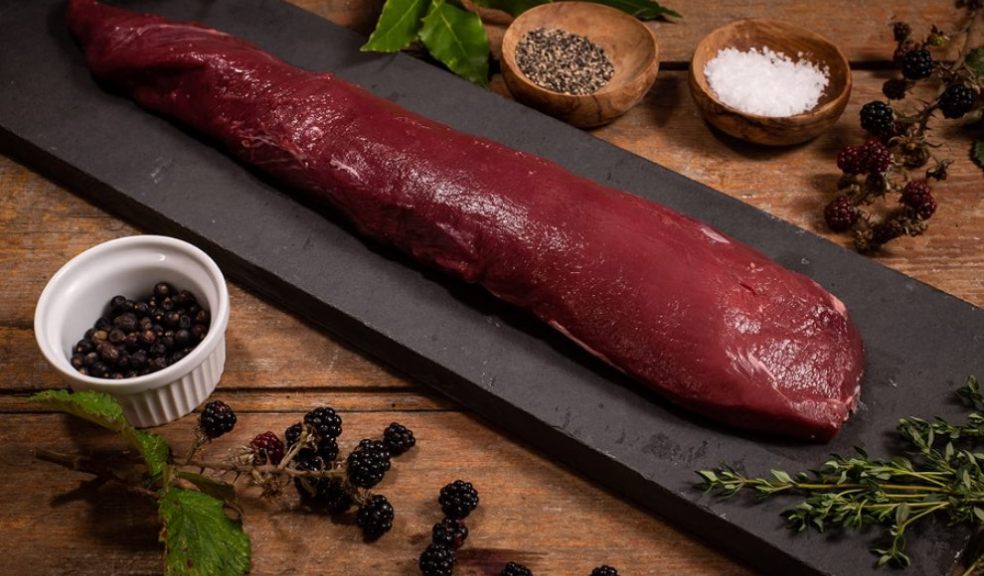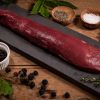
How to cook venison
It has the potential to be delicious, but is all too easy to overcook. So how do you get the most out of venison?
Delicious and nutritious, venison is a marvellous meat, and yet many people are afraid of it. The leanness that makes it so healthy has also given it a reputation for being tough, but this is unfair. As with the so-called 'fatty' duck, it all comes down to how the meat is sourced, prepared and cooked, and it's not as difficult to get right as you might think. With a little care, you can easily unlock the potential of this underrated meat.
Where to buy your venison
Venison, whether farmed or wild, is one of the most ethical meats available. You may have heard that an animal that is stressed at the time of slaughter produces subpar meat. This is true. Farmed venison, where the deer are allowed to roam freely and graze in herds, are not transported to an abattoir for slaughter as most cattle and sheep are, but are rather shot quickly and suddenly in the place they spend their entire lives. This makes for happy animals and tastier meat. Wild venison, on the other hand, are culled to keep their numbers down; a standard piece of countryside management to ensure they all have enough food and that the local ecology is kept in balance.
A good online supplier of high quality, ethically sourced venison is the Dorset Meat Company. Their wild venison is purchased locally from professional stalkers who manage the 14,000 acres of Dorset arable farmland, woodland and pasture the wild deer call their home. These deer, raised on their natural diet of grass, berries and fruit, apples, chestnuts and acorns, are low in fat, high in protein, and full of vitamins and minerals, particularly iron and B vitamins.
After slaughter, the venison is hung from the bone for up to ten days, and then prepared by a master butcher. Venison steaks, sausages, burgers and chorizo can be delivered straight to your front door, in England, Wales and most of Scotland. Be sure to pay them a visit.
How to cook venison
Before cooking, it's important to recognise how venison differs from other meat.
The leanness that makes venison so desirable amongst health-conscious diners can make it susceptible to dryness. However, unlike most other meat, venison fat does not taste nice. While the natural fat in pork and beef is what gives those meats their delicious flavour, with venison, other animal fats may need to be added, to keep it moist and to round out the flavour (such as pork belly fat, bacon, duck fat, or plain old butter).
Venison shoulder and leg (as well as the meat of older deer) is best suited to slow cooking. Either cook it whole, or dice and brown it before slow cooking. To help cut through the rich flavour, many people like to marinate it for up to 24 hours beforehand. Be careful that the marinade doesn't overwhelm the flavour of the meat. Venison stew, made with vegetables, stock, wine, and diced and browned venison shoulder/leg, slow cooked over five hours in a medium oven, is a simple and tasty dish for winter, where the meat is the star.
Alternatively, prime cuts like loin fillets and saddles require very little cooking, as they benefit from a medium-rare finish that makes the most of their finer texture.
Venison burgers and mince are easy to cook, so long as they don't dry out. This can be prevented by adding fat or another meat. Try adding bacon to your venison burgers, for example, to keep them moist and full of flavour.
Venison goes best with autumnal flavours, like mushroom, parsnip and turnip. Juniper is also a popular choice, as the aromatic, evergreen aroma matches perfectly with the gamey flavour of venison.
There are dozens of ways to cook this healthy and ethical meat. Just source it from the right place, prepare it carefully, and get ready to tuck in.

















